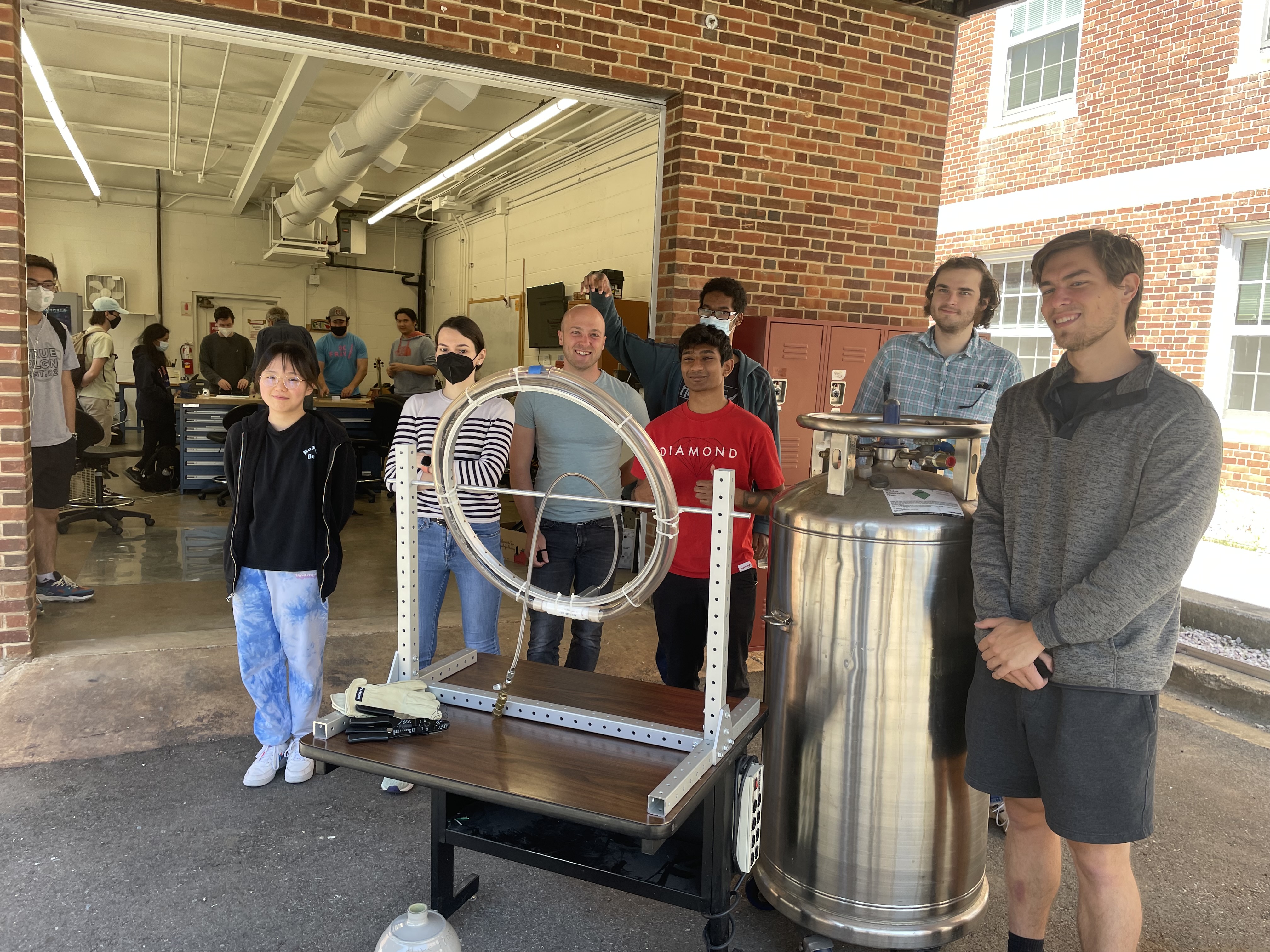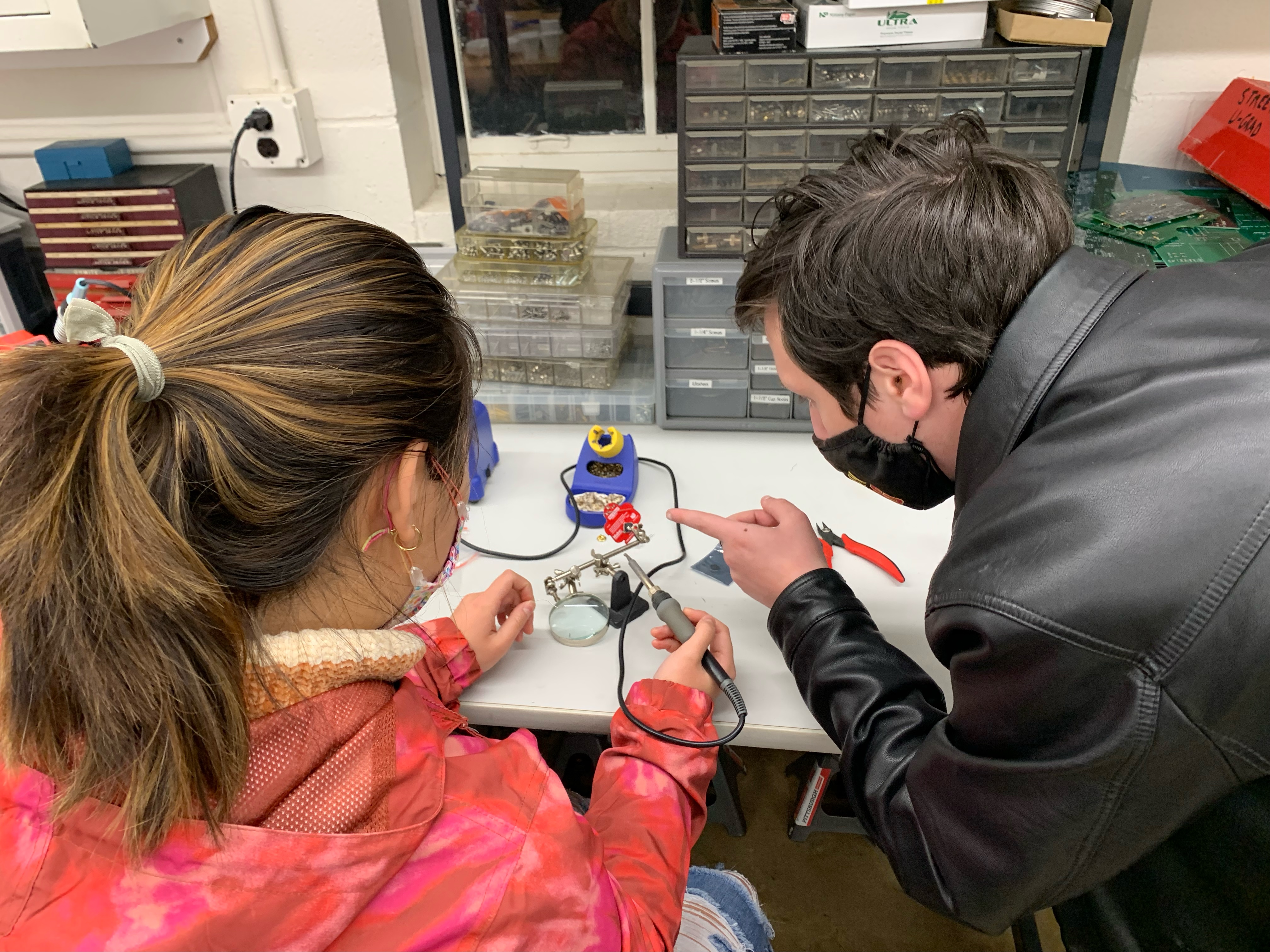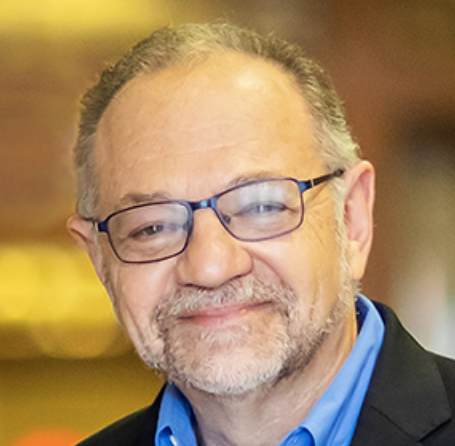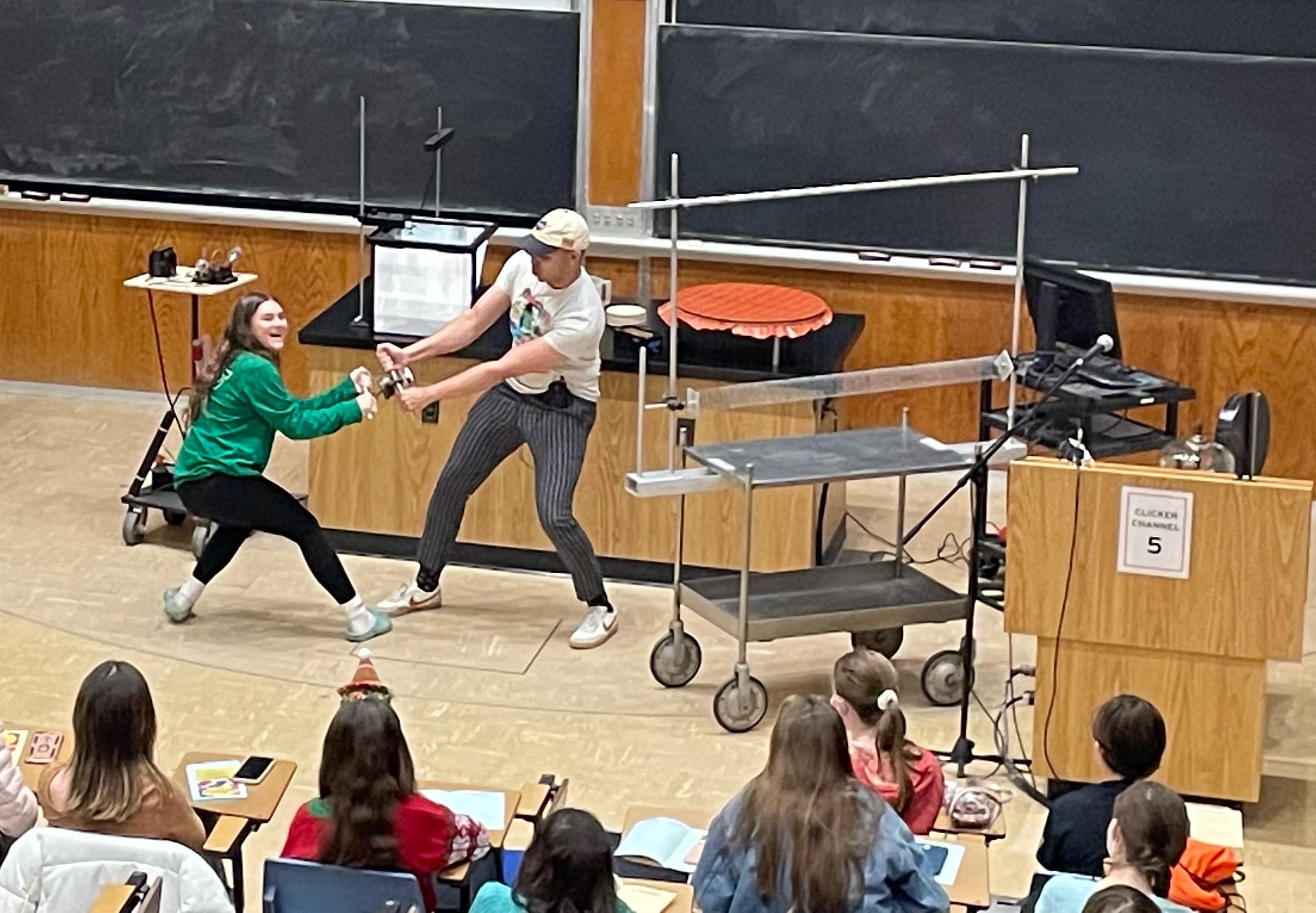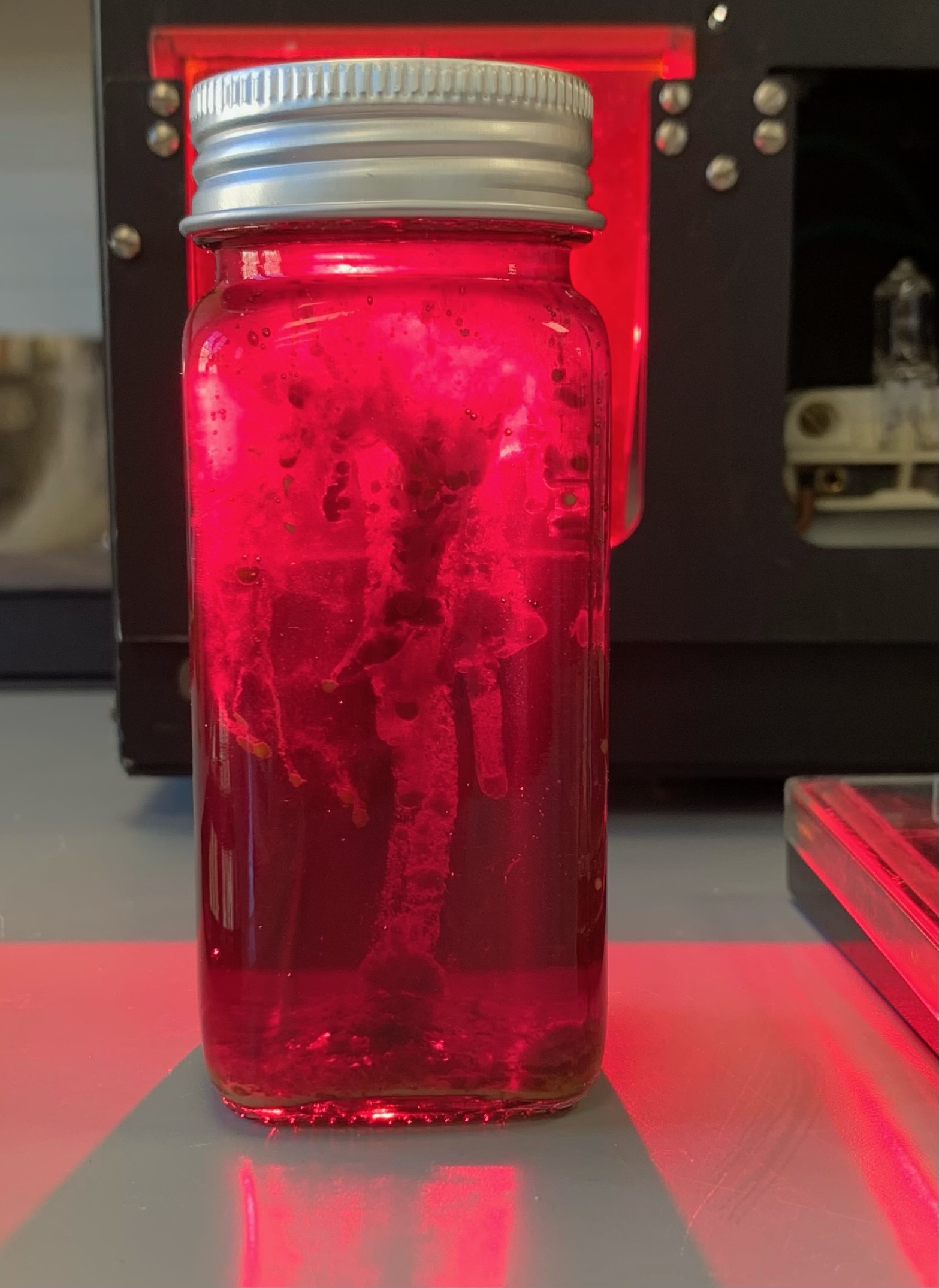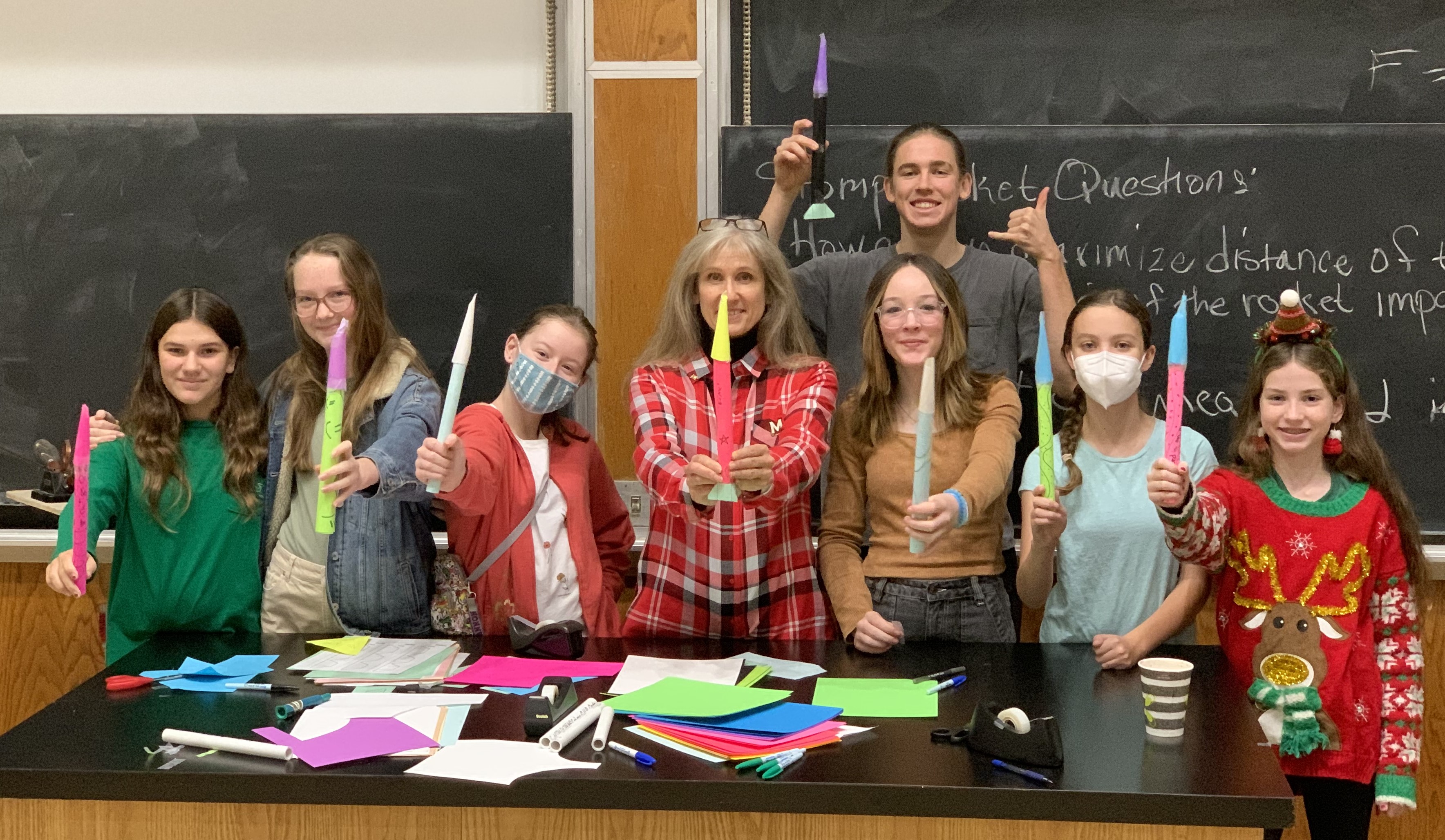- Details
-
Published: Thursday, January 26 2023 00:01
As a PhD graduation present, UMD physics alumnus Jonathan Hoffman’s adviser gave him a signed copy of the book Longitude: The True Story of a Lone Genius Who Solved the Greatest Scientific Problem of His Time. The book follows John Harrison, an 18th-century carpenter who took it upon himself to solve what was known as the longitude problem.
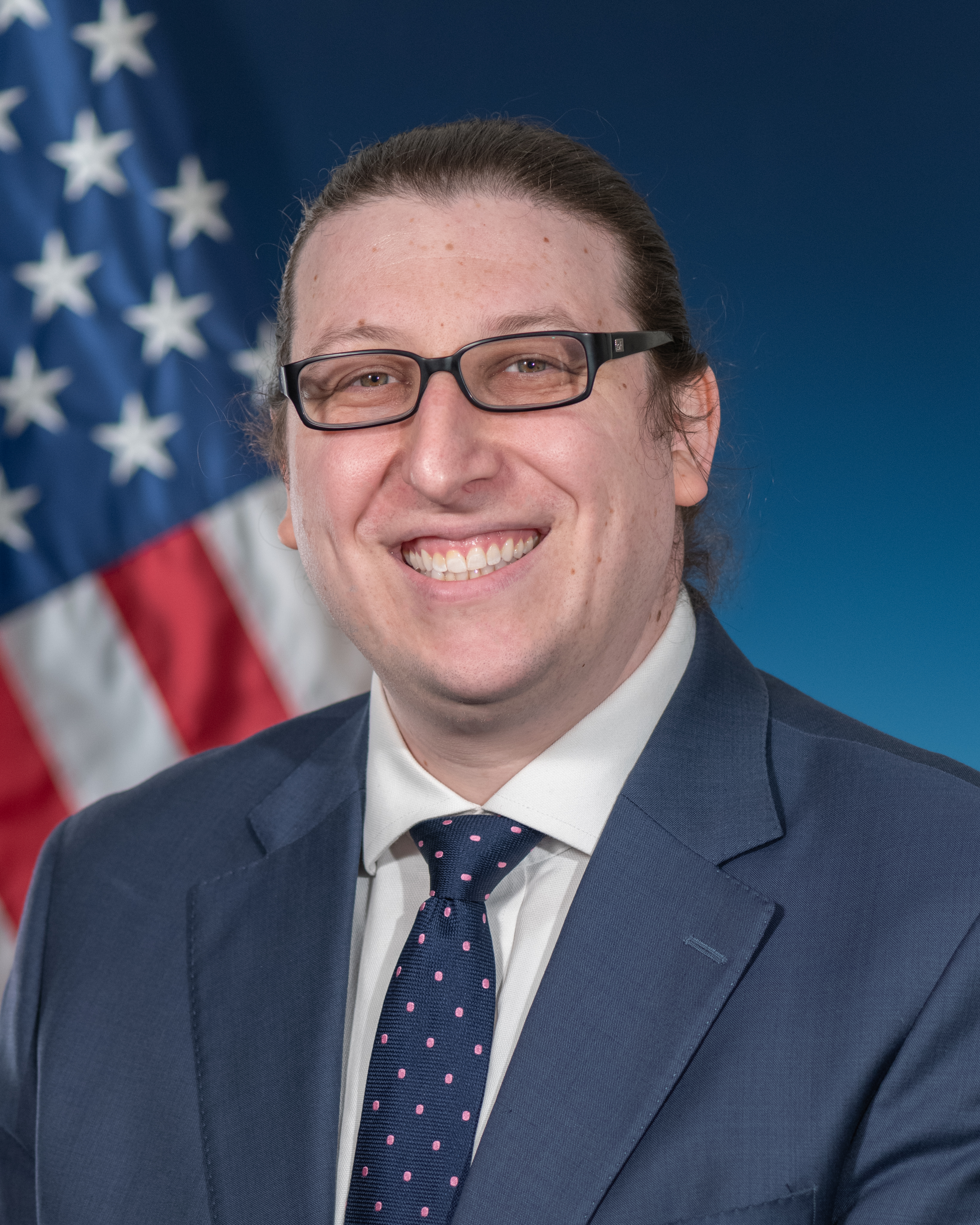 Jonathan Hoffman Back then, ships at sea had no way of measuring their longitude—their position east or west of the prime meridian—causing many to get lost and often shipwrecked as a result. Harrison built five generations of clocks—which he named H1 through H5—culminating in the most precise clock of his time that sailors could use to precisely track the sun’s location at noon and thus infer their longitude.
Jonathan Hoffman Back then, ships at sea had no way of measuring their longitude—their position east or west of the prime meridian—causing many to get lost and often shipwrecked as a result. Harrison built five generations of clocks—which he named H1 through H5—culminating in the most precise clock of his time that sailors could use to precisely track the sun’s location at noon and thus infer their longitude.
Longitude quickly became Hoffman’s favorite book. Eight years later, as a program manager at the Defense Advanced Research Projects Agency (DARPA), Hoffman started a new program called H6 seeking to build a ‘spiritual successor’ to Harrison’s clocks: a “6th clock” that would be a compact, affordable, and precise device that would help navigate in situations where a GPS signal is unavailable. “It's the clock that Harrison would build to solve today's timing problem,” Hoffman says.
Harrison’s story was mired in controversy. In 1714, the British Parliament announced the Longitude Prize, an award of up to 20,000 pounds for anyone who could solve the longitude problem, but it was overseen by the royal astronomer—a proponent of the mainstream star-gazing (rather than Harrison’s timekeeping) approach. Although Harrison was awarded various prizes throughout his 45 years of work, he was never officially awarded the full prize.
As a program manager at DARPA, Hoffman’s role parallels not that of Harrison, but that of the Board of Longitude, which was established to oversee the prize. But his H6 program also seeks to avoid the mistakes made by that board. Instead of looking for a solution from a particular well-established technology, Hoffman wants to give scientists the opportunity to bring in new outside-the-box ideas. “I wanted to question if there’s a different way, a way of going back to the drawing board and making clocks, something that could be incredibly small but still maintain time correct to a microsecond for up to a week,” Hoffman says.
Scientific Roots
Hoffman hadn’t always had an eye toward project management. Like most who pursue a physics PhD, he grew up interested in science, broadly defined. “I always would like to grab books and look at astronomy pictures,” Hoffman recalls. Through high school and college, his interests in science, and physics in particular, deepened further. “I think it's fascinating that there's an underlying connection and description and law for how things function,” he says.
Entering graduate school at UMD in 2009, Hoffman intended to study string theory. “I was really enamored with the idea of understanding how all of the forces were unified,” he recalls. But a conversation with a theoretical physics professor at UMD steered Hoffman towards a more practical path in experimental physics.
With an eye towards the future, Hoffman joined a lab overseen by Professors Luis Orozco and Steve Rolston, in collaboration with Fredrick Wellstood and Chris Lobb, working on a novel idea to combine different quantum computing technologies for the best of both worlds. The idea involved placing ultracold atoms—atoms cooled just a tad above absolute zero—next to superconducting qubits. Getting ultracold atoms and superconducting qubits close enough to each other and tuned appropriately to communicate with one another was a difficult proposition that had never been attempted before. To aid in the quest, the team decided to trap atoms in a light trap produced just outside an optical fiber. To coax an optical fiber into carrying most of the light just outside itself, rather than at its center, it was necessary to stretch the fiber incredibly thin—more than a hundred times smaller than a human hair.
The bulk of Hoffman’s graduate school work was to devise a technique for stretching optical fibers to that size, while ensuring that they continued to guide most of the light along their path. The requirements were stringent—just a few stray, unguided photons would destroy the superconducting state if they hit it. Virtually all of the light needed to remain guided by the fiber, trapping atoms. Hoffman and his labmates devised a bespoke machine for pulling the fiber, and a careful protocol that resulted in fibers that could retain a record 99.95% of the light.
Although the process was at times arduous, Hoffman credits his time in graduate school with teaching him to persist through a difficult problem. “Practically, day to day,” Hoffman says, “I don't think graduate school was as exciting and rewarding as what I do now. But it did teach some very important lessons about determination and focus.”
A Taste of the Bigger Picture
After graduating from UMD (and receiving his fortuitous graduation present) in 2014, Hoffman was still unsure what he wanted to do. A former student from the same lab told him about a job at Booz Allen Hamilton. “He said ‘you will help advise on who should get funding and you will follow people's work’,” Hoffman says. “And I didn't actually really understand what any of that meant, but I was lucky because I ended up loving it.”
The job description turned out to be exactly correct. At Booz Allen, Hoffman worked as an assistant to program managers at DARPA, learning about the work funded through the programs, and advising. “Having worked on a very particular problem for six years,” Hoffman says, “it was just an entirely broader array of subjects. I was looking at a field as a whole and seeing where there are technology gaps and how you can close them, helping advise on or what needs investment.”
Hoffman reveled in seeing the bigger picture and picking out areas where fundamental science, slightly refined, could benefit technology. He got to learn about and support programs in a broad array of fields, including atomic physics, chemical spectroscopy, integrated photonics and positioning, navigation, and timing. He worked alongside DARPA program managers and becoming one himself gradually became a career goal.
Inspired in part by Harrison’s story in the Longitude book, the related topics of positioning, navigation, and timing quickly became among Hoffman’s chief interests, along with quantum sensing. As the navigation-related program he was supporting was coming to a close, Hoffman realized that he wanted to dig deeper. As a Booz Allen Hamilton contractor, he would have been reassigned to other fields, so he found a new role at the Army Research Laboratory (ARL) where he was able to do a mix of research work and program management.
While at ARL, Hoffman collaborated with several UMD professors at the Quantum Technology Center and the Joint Quantum Institute. He worked closely with JQI Fellow and QTC Director Ronald Walsworth on quantum sensing problems—Walsworth’s area of expertise. He also continued thinking about positioning, navigation, and timing and started a program to create smaller clocks for portable GPS devices.
Juggling Programs and People
During his time at ARL, Hoffman was developing his ideas about alternative ways to make affordable yet precise clocks. When the opportunity arose to interview for a program management role at DARPA, he pitched his plan to encourage new approaches to the problem. “I guess they liked it well enough because they hired me,” Hoffman says.
Hoffman’s H6 program is set to begin in the coming months. Since arriving at DARPA in 2021, however, Hoffman’s interests have only broadened. He now dreams of a program to create portable MRI’s that could be an affordable tool in every doctor’s office and is managing other programs in quantum sensing and communication.
What he finds particularly rewarding about his work is the collaboration with a huge range of experts in different fields, from scientists to generals. “It is a really broad experience,” Hoffman says. “Working with academia, national labs, industry, large businesses, small businesses—it’s really great to get all of those perspectives and be able to interact with leaders across multiple fields.”
To continue interacting with many partners to make the best possible scientific advances, Hoffman encourages a broad range of people to work with DARPA and support their mission. He says people can come in as contractors, subject matter experts, apply for small business funding through various mechanisms, apply for young faculty awards, or apply for research grants and more.
Overall, Hofmann has no regrets about his transition from in-the-lab scientific work to program management. “It's absolutely important and it's fascinating and rewarding to understand and just be motivated by the specific science, but it's always been helpful for me having the larger picture of where this would go in the long-term plan.”
Story by Dina Genkina
